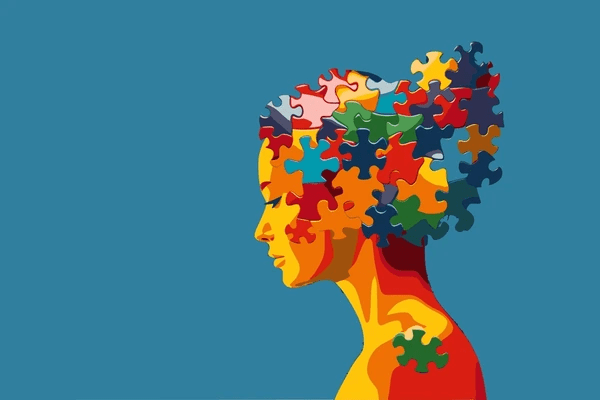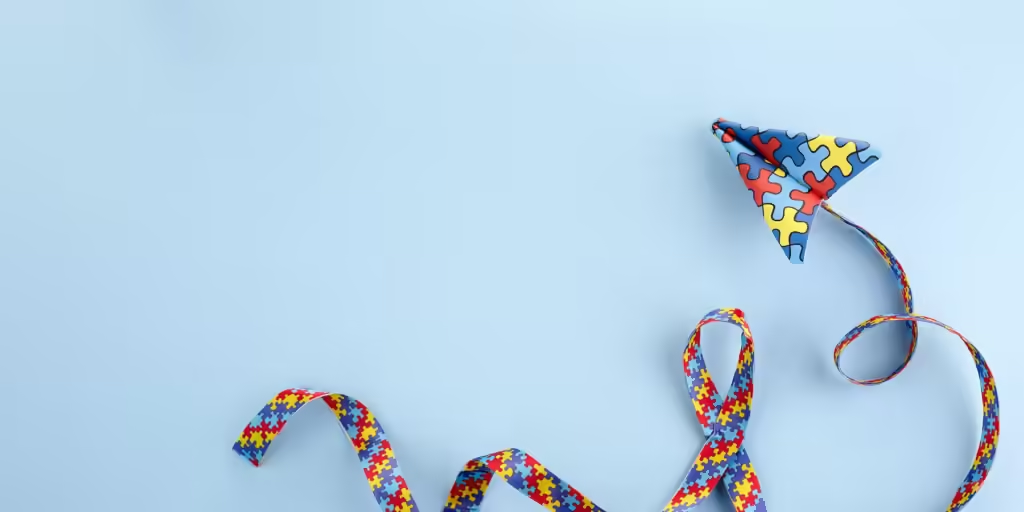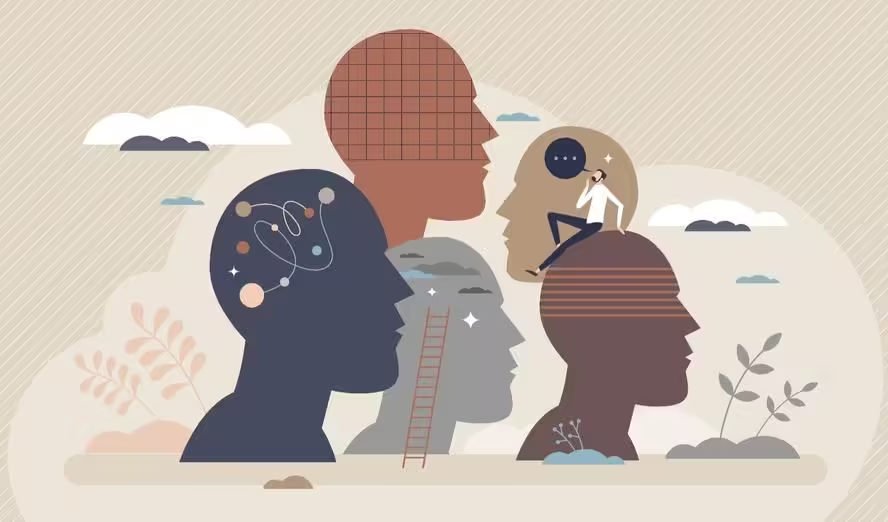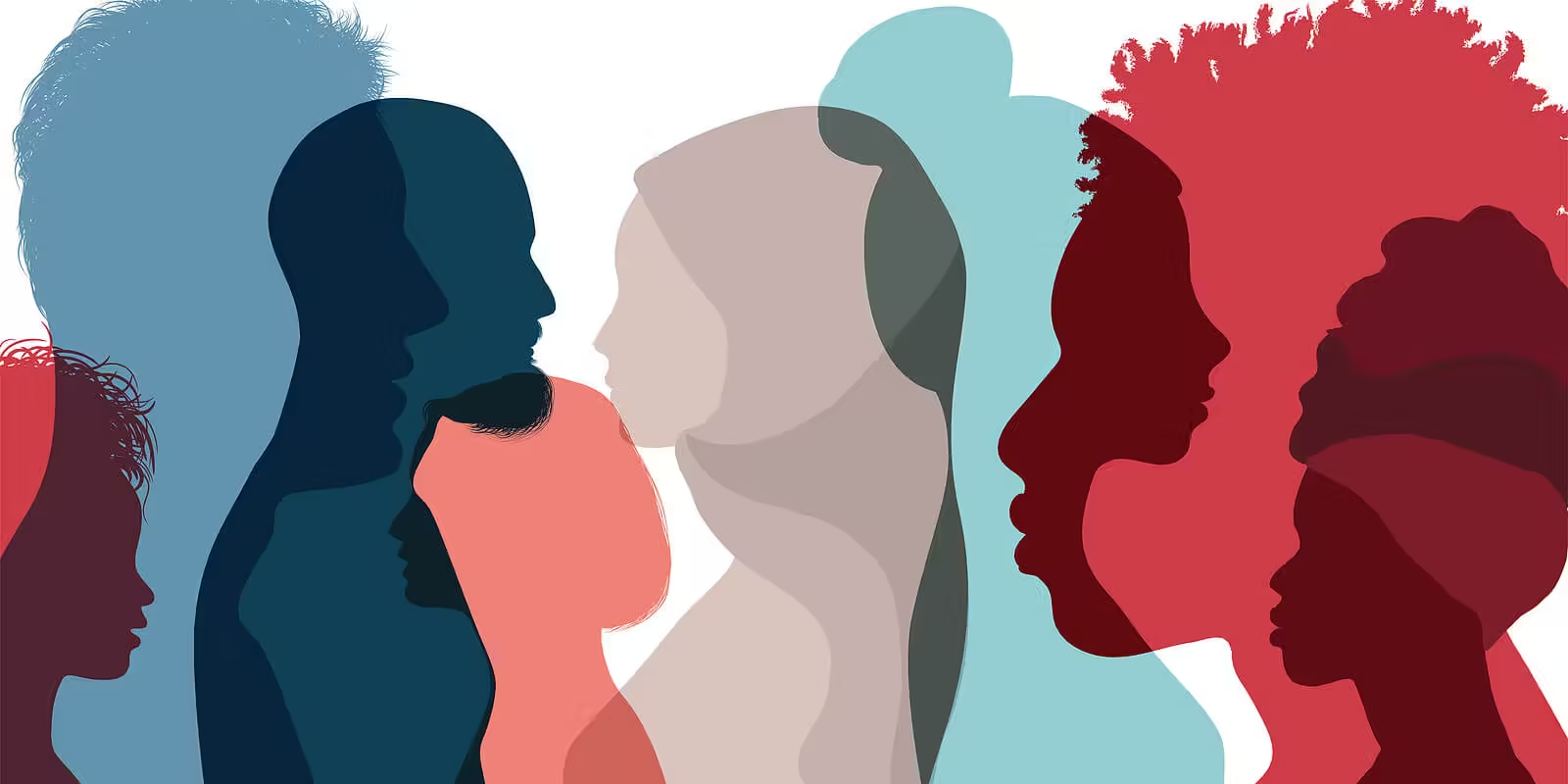Definition of Autism Spectrum Disorder
Autism Spectrum Disorder (ASD) is a neurodevelopmental disorder characterized by deficits in social communication and the presence of restricted, repetitive behaviors or interests. It is a pervasive developmental disorder with varying degrees of severity, ranging from mild to severe, that typically manifests in early childhood, before age 3, and persists throughout life.
Autism manifests in three key areas:
- Firstly, Social interaction
- Secondly, Communication
- Lastly, Stereotyped behaviors and narrow interests
It is often accompanied by other disorders, such as Attention-Deficit/Hyperactivity Disorder (ADHD) and intellectual disability.
Nguyên nhân
Researchers have not yet identified the exact causes of autism, but they believe several factors contribute to the disorder.

- Genetics: Genetics plays a significant role in most cases of autism. Numerous genetic abnormalities, when combined, can lead to the development of autism.
- Environmental Factors: Maternal illnesses before and during pregnancy, such as rubella, influenza, measles, thyroid disease, and metabolic disorders like diabetes, as well as the use of medications affecting the fetus, including valproic acid, antipsychotics, and NSAIDs, are thought to increase the risk of autism. Additionally, factors such as significant stress during pregnancy, excessive use of folic acid and alcohol, and exposure to ultrasound waves may also contribute to an increased risk of autism.
- Neurological Factors: Autism may be linked to structural brain changes, particularly in the cerebellum, hippocampus, prefrontal cortex, and temporal lobes. The brains of children with autism tend to be larger and heavier than those of typically developing children, often due to an excess of white matter. Researchers have discovered abnormal connections between the midbrain, cerebellum, and cortex, which lead to either heightened or diminished sensitivity and result in abnormal behaviors. Neurochemical abnormalities related to dopamine, catecholamines, and serotonin have also been associated with autism.
Symptoms of Autism Spectrum Disorder
Social Skills
Social skill issues are among the most common symptoms of Autism Spectrum Disorder (ASD). These social challenges can lead to significant problems in daily life, such as:
- Not responding to their name by 12 months of age.
- Avoiding eye contact.
- Preferring to be alone, not sharing interests with others.
- Interacting only to achieve a desired goal.
- Displaying flat or inappropriate facial expressions.
- Not understanding personal space boundaries.
- Avoiding or resisting physical contact.
- Having difficulty understanding feeling of orthers or talking about their own emotions.
Communication
Each individual with ASD has different communication skills. Some people may be able to speak well, while others may not be able to speak at all or only speak very little. Communication problems associated with ASD include:
- Delayed speech.
- Repeating words or phrases – echolalia.
- Reversing pronouns (e.g., saying “you” instead of “I”).
- Giving unrelated answers.
- Not pointing or responding to pointing.
- Using few or no gestures (e.g., not waving goodbye).
- Speaking in a flat, robot-like, or singsong voice.
- Not engaging in pretend play (e.g., not pretending to “feed” a doll).
- Not understanding jokes, sarcasm, or teasing.

Unusual Interests and Behaviors
Many individuals with Autism Spectrum Disorder have unusual interests or behaviors. Examples of these include:
- Frequently lining up toys or other objects.
- Playing with toys in the same way each time.
- Showing a particular interest in parts of objects, such as wheels.
- Demonstrating high levels of organization and becoming upset by minor changes.
- Having obsessive interests and needing to follow specific routines.
- Flapping hands, rocking the body, or spinning themselves in circles.
Warning Signs
The following signs may indicate a child is at risk of ASD and should be checked by a healthcare provider as early intervention is crucial:
- Not responding to their name by 12 months of age.
- Failure to point to objects to show interest by 14 months.
- Lack of engagement in pretend play (e.g., pretending to “feed” a doll) by 18 months.
- Avoid eye contact and prefer to be alone.
- Having difficulty understanding others’ feelings or talking about their own emotions.
- Delayed speech and language skills.
- Repeating words or phrases – echolalia, giving unrelated answers when asked a question.
- Experiencing disturbance from minor changes and displaying obsessive or rigid interests.
- Frequently flapping hands, rocking the body, or spinning in circles.
- Having unusual reactions to sounds, smells, tastes, sights, or textures.
Diagnosis of Autism Spectrum Disorder
Diagnostic criteria for Autism Spectrum Disorder according to the Diagnostic and Statistical Manual of Mental Disorders, Fifth Edition (DSM-5):
A. Persistent deficits in social communication and social interaction across multiple contexts, as manifested by the following (currently or by history):
- Impairments in social-emotional reciprocity.
- Limitations in nonverbal communication behaviors used for social interaction.
- Difficulties in forming, sustaining, and comprehending relationships.
B. Restricted, repetitive patterns of behavior, interests, or activities, as manifested by at least two of the following (currently or by history):
- Stereotyped or repetitive motor movements, use of objects, or speech.
- Insistence on sameness, inflexible adherence to routines, or ritualized verbal or nonverbal behavior patterns.
- Highly restricted, fixated interests that are abnormal in intensity or focus.
- Hyper- or hyporeactivity to sensory input or unusual interest in sensory aspects of the environment.
C. Symptoms must be present in the early developmental period.
D. Symptoms cause clinically significant impairment in social, occupational, or other important areas of current functioning.
E. These disturbances are not better explained by intellectual disability (intellectual developmental disorder).
In addition to diagnosing Autism Spectrum Disorder, specify the following:
- With or without accompanying intellectual impairment.
- With or without accompanying language impairment.
- Associated with a known medical or genetic condition or environmental factor, or with another neurodevelopmental, mental, or behavioral disorder.

Chẩn đoán phân biệt:
- Intellectual Disability: Approximately 44% of children with autism also have intellectual disability. However, many children without intellectual disability may have difficulties with speech and communication, which can be clinically mistaken for intellectual disability.
- Language Disorder: Children present with communication difficulties without behavioral signs.
- Attention Deficit Hyperactivity Disorder (ADHD): Children with autism may display repetitive behaviors and/or increased motor activity; consequently, these symptoms can be confused with hyperactivity in ADHD. Additionally, children who do not respond to social communication may be mistaken for having attention difficulties. However, many children with autism may also have comorbid ADHD.
- Depression: Children with depression may withdraw socially, avoid communication, or even regress in language, which can be mistaken for autism. Conversely, it is essential to monitor for depressive and anxiety disorders in children with autism, particularly during adolescence.
Autism Spectrum Disorder Treatment
Nguyên tắc điều trị
- No single method is suitable for all children with autism. Therefore, treatment often involves a combination of different approaches.
- Enhance social skills and create an appropriate living environment for the child.
- Implement psychological therapy based on cognitive-behavioral theory using visual aids.
- Teamwork involves doctors, psychologists, teachers, speech therapists, and rehabilitation professionals. Consequently, effective treatment relies on the collaboration of these various experts.
- Intervention should begin as early as possible, ideally when the child is 2-4.
- The intervention program should be individualized, continuous, and long-term.
- Families must actively participate in teaching the child.
- Multidisciplinary involvement is required, including healthcare, education, and psychology.
Early Intervention Methods for Young Children:
- Applied Behavior Analysis (ABA): Teaching the child 40 hours per week for two years. This method, which uses three components—antecedent, behavior, and consequence—aims to teach the child activities, language development, and peer interaction. Thus, it provides a structured approach to addressing key developmental areas.
- Treatment and Education of Autistic and Related Communication-Handicapped Children (TEACCH): This approach involves assessment, individualized educational planning, social skills training, vocational skills training, parental guidance, and school consultation. Consequently, it offers a comprehensive framework to address various aspects of a child’s development and support their needs.
- Picture Exchange Communication System (PECS): This method uses pictures and symbols to create activity schedules. Additionally, it allows the child to express needs and make choices. Moreover, it teaches the steps of tasks.
- Speech Therapy: This approach teaches communication gestures and speech. Additionally, it focuses on ways to express oneself and engage in social communication.
- Occupational Therapy: Focuses on fine and gross motor skills and play activities.
- Sensory Integration Therapy: Utilizes music, lighting, massage, and hydrotherapy to stimulate the senses.
- Teaching self-care skills to help the child become independent in daily living activities.
- Social Stories: These use pictures and written text to help the child learn how to interact and behave in various social situations.
For older children, the available options vary based on their level of autism and intellectual ability and may include:
- Inclusive education
- Special classes within regular schools
- Education at centers for children with disabilities

Pharmacological Therapy:
- To reduce hyperactivity, tantrums, aggression, self-injury, stereotyped behaviors, anxiety, and obsessive-compulsive disorder: Risperidone and Aripiprazole.
- Antiepileptic drugs: Carbamazepine, Oxcarbazepine, Gabapentin.
- Antidepressants, mood stabilizers, and anxiolytics are prescribed when there are accompanying symptoms.
Phòng ngừa
Currently, there is no effective prevention Autism Spectrum Disorder method; however, some supportive measures can be implemented, such as:
- Pregnant women, especially during the first trimester, should be fully vaccinated to prevent infections like flu, measles, rubella, etc., and avoid using medications.
- Maintain a balanced work, rest, and nutrition regimen. Additionally, ensure to keep a joyful and relaxed mindset, and avoid stress and anxiety.
- Ensure proper care for the child, providing love and attention.
- Early detection and intervention can significantly reduce the consequences and complications associated with autism.

